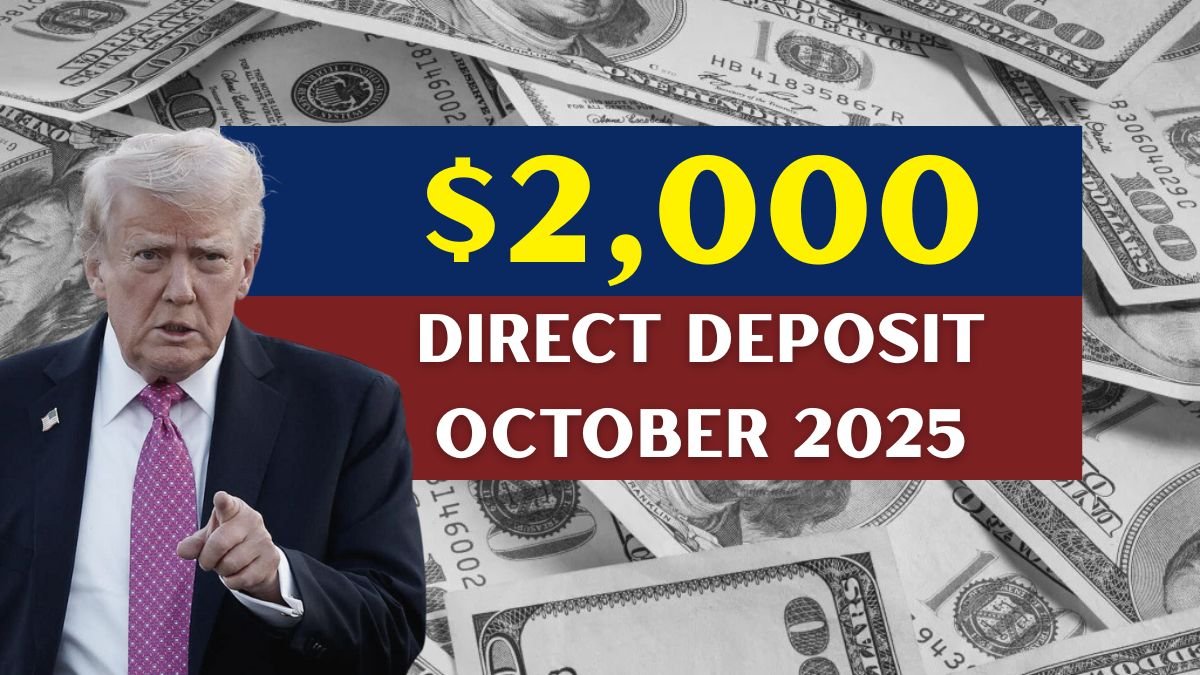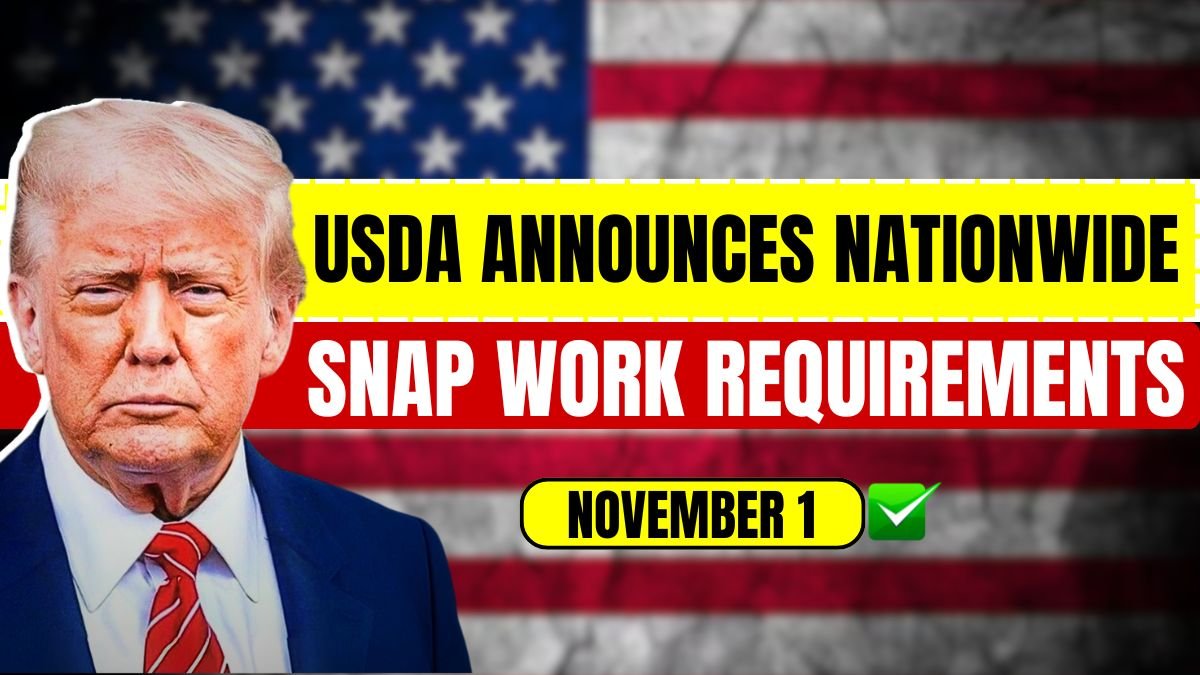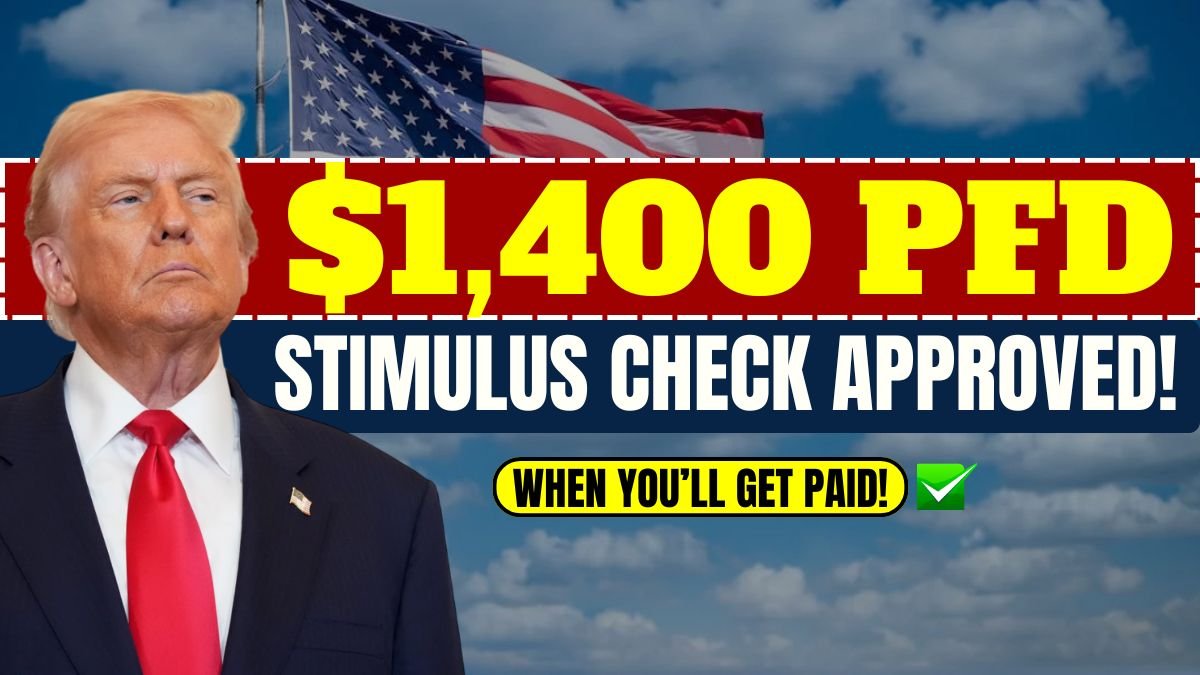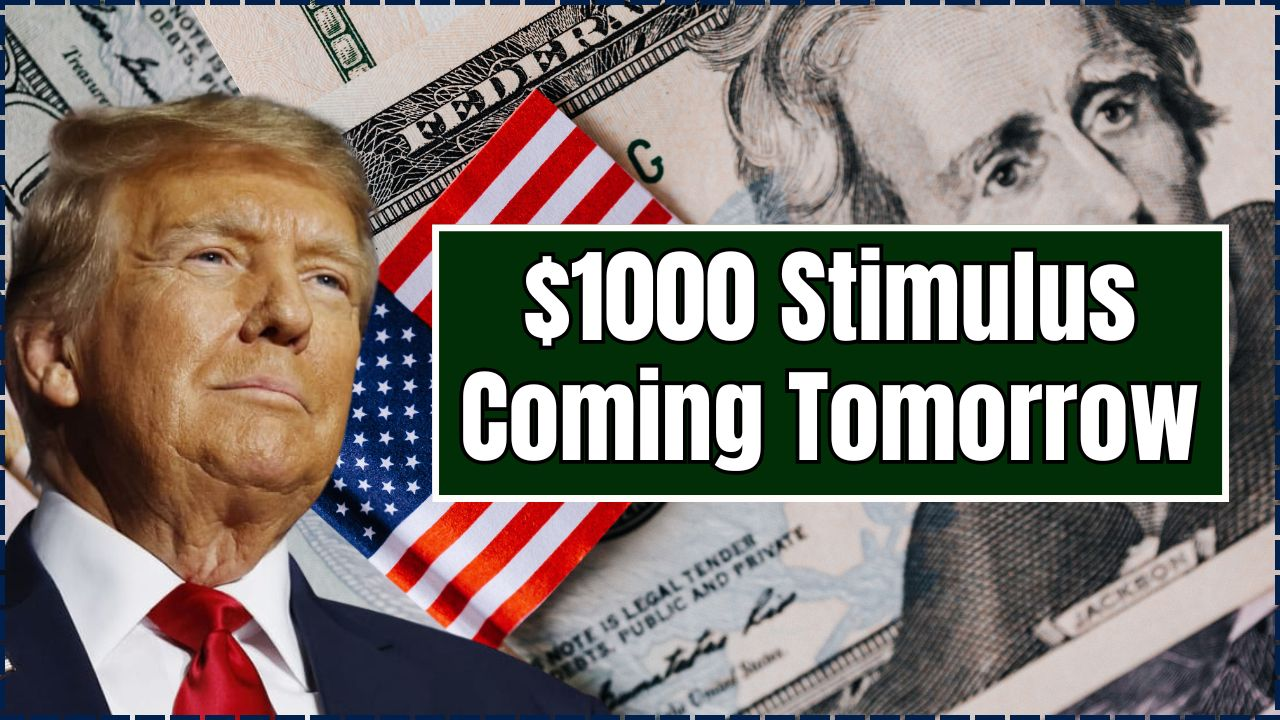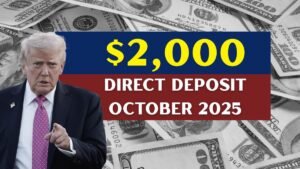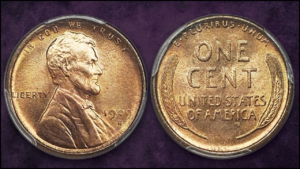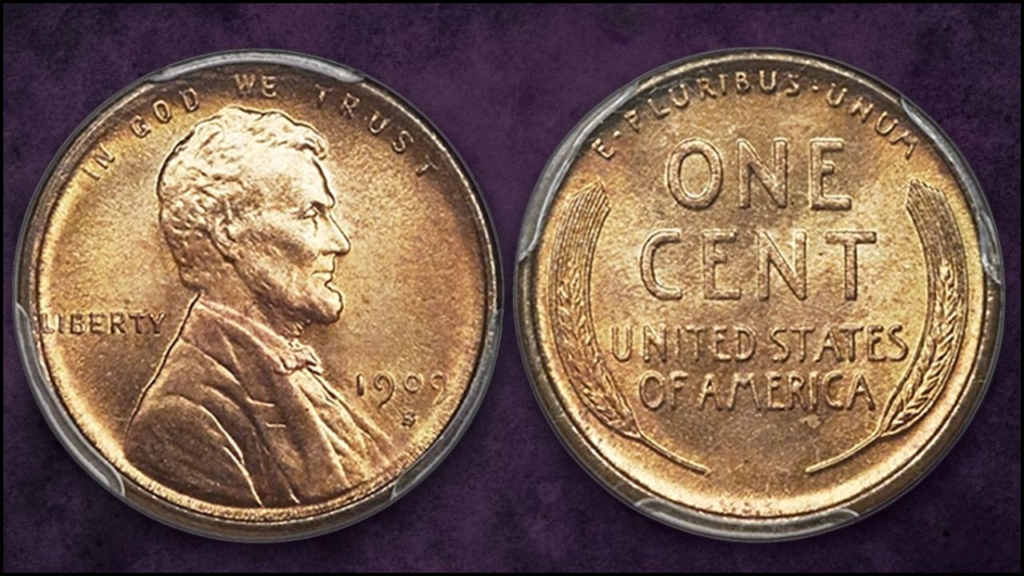
The value of Wheat Pennies, a U.S. coin series minted between 1909 and 1958, has risen steadily over the past decade as collectors, investors, and international buyers drive growing demand. Experts say the market has matured significantly, with prices for key dates and error coins reaching record highs.
Wheat Pennies
| Key Fact | Detail / Statistic |
|---|---|
| Average value increase for common Wheat Pennies | 150–300% since 2015 |
| Record auction sale | 1943 bronze Wheat Penny sold for $372,000 |
| Global collector base | Estimated 3.2 million active buyers |
| Total Wheat Pennies minted | 25 billion (1909–1958) |
| Key date with lowest mintage | 1909-S VDB (484,000) |
A Collector’s Icon: The History Behind Wheat Pennies
Wheat Pennies were first struck in 1909 to commemorate the 100th birthday of President Abraham Lincoln. They were designed by Lithuanian-born sculptor Victor David Brenner, whose initials “V.D.B.” famously appear on the reverse of the earliest issues.
The coin was the first U.S. cent to feature an actual historical figure instead of allegorical Liberty. Its reverse, depicting two stylized wheat stalks, symbolized prosperity and agricultural abundance. Over time, the design became an enduring image of early 20th-century America.
“The Wheat Penny represents a turning point in American coinage — it blends artistry, symbolism, and national identity,” said Dr. Emily Carter, senior numismatist at the American Numismatic Association (ANA). “That cultural weight is part of what gives it lasting appeal to collectors.”
Wartime Changes and Minting Innovations
During World War II, copper became essential for military equipment, prompting the U.S. Mint to shift production to zinc-coated steel in 1943. These “steel pennies” are visually distinct, magnetic, and lighter in weight than bronze cents.
A small number of 1943 pennies were mistakenly struck on leftover bronze planchets. These error coins are among the rarest in American numismatics, with authenticated examples commanding hundreds of thousands of dollars at auction.
“Those bronze 1943 Wheat Pennies are legendary,” said Jonathan Meyers, a senior auctioneer at Stack’s Bowers Galleries. “They combine an extraordinary error with wartime history. That’s why collectors pay a premium.”
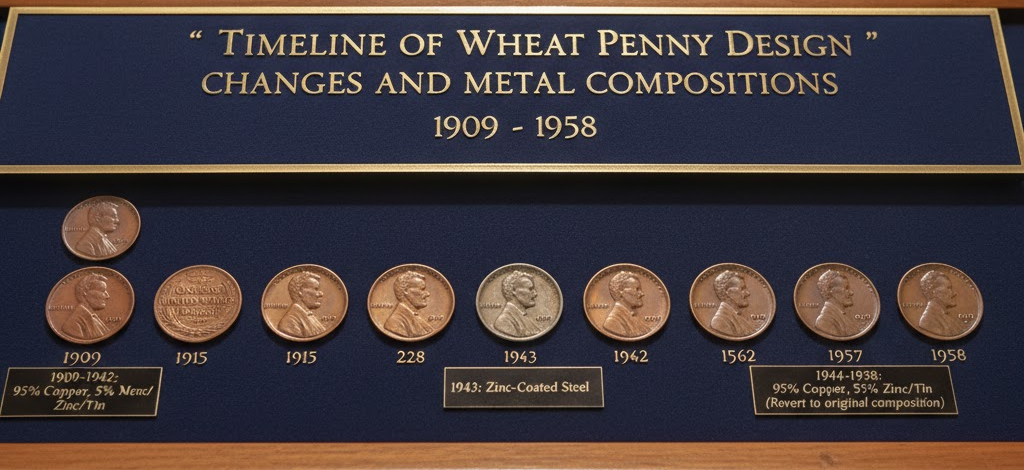
Market Growth and Collecting Trends
The average circulated Wheat Penny once traded for only a few cents. Today, many common-date pieces sell for 30 cents to more than a dollar, according to the Professional Coin Grading Service (PCGS). High-grade coins or rare varieties often sell for $5 to $15, while key dates can exceed several thousand dollars.
The most dramatic increases have been recorded for top-graded coins and error varieties, which have outperformed broader collectibles markets. This reflects both nostalgia and new interest from younger collectors and investors.
“Wheat Pennies have always been accessible to beginners,” Dr. Carter said. “But over the last ten years, serious capital has flowed in, especially for certified key dates.”
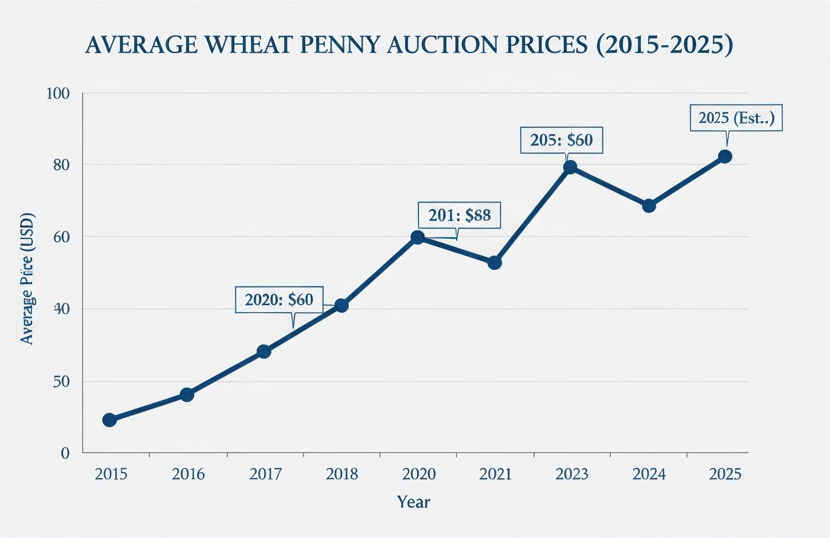
Why Values Are Rising
Low Mintages and Historical Significance
Coins with low mintages or unique historical significance often drive strong auction prices. For Wheat Pennies, examples like the 1909-S VDB and 1914-D are cornerstones of serious collections.
“Collectors respond to scarcity, and these coins simply don’t appear in high grades often,” said Meyers. “Many were spent and worn down in circulation long before people thought to save them.”
Digital Access and Global Collectors
The expansion of online marketplaces has transformed how coins are bought and sold. According to ANA data, more than 40 percent of Wheat Penny transactions now involve international buyers, up from 12 percent a decade ago.
Auction platforms such as Heritage Auctions, Stack’s Bowers, and eBay have made rare coins accessible to a global audience. This surge in competition has helped drive prices higher.
Key Dates and Errors Driving Premium Prices
| Coin Type | Description | Typical 2025 Value Range |
|---|---|---|
| 1909-S VDB | Low mintage, first-year issue | $1,000 – $25,000+ |
| 1914-D | Scarce Denver issue | $200 – $4,000+ |
| 1943 Bronze | Off-metal error | $100,000 – $372,000 |
| 1955 Doubled Die | Notable variety | $1,500 – $25,000 |
The record auction price of $372,000 was set in 2023 for a 1943 bronze Wheat Penny at Heritage Auctions. Other significant sales include a 1955 Doubled Die in mint state, which fetched $36,000 in 2024, and a near-perfect 1909-S VDB graded MS67 Red that sold for $56,400.
Notable Finds: From Pocket Change to Headlines
Some of the most remarkable Wheat Penny discoveries have been made by ordinary people. In 2019, a Massachusetts man found a 1943 bronze cent in a family coin jar that later sold for over $200,000. Similar stories have emerged from estate clean-outs, flea markets, and coin rolls.
“These stories resonate with the public because they prove that numismatic treasures can still be out there,” said Meyers. “That’s part of the magic of this hobby.”
Expert Caution: Not All Pennies Are Valuable
Despite headline-grabbing auctions, experts caution that most Wheat Pennies remain common. Nearly 25 billion were minted, and the majority are worth between a few cents and a dollar in circulated condition.
“Condition and rarity are everything,” said Dr. Carter. “A 1944-D in poor condition won’t make you rich. But in mint state, with strong eye appeal, it can be worth 100 times more.”
Authenticity is another concern. Counterfeits of key dates — especially 1909-S VDB and 1914-D — circulate online. Collectors are urged to rely on third-party grading services like PCGS or Numismatic Guaranty Company (NGC).
How Economic Forces Shape the Market
The surge in Wheat Penny values is part of a broader collectibles boom influenced by inflation, low interest rates, and rising demand for tangible assets. According to the Numismatic Market Index, rare U.S. coin prices have risen by an average of 6.5% annually since 2015.
“Numismatics behaves somewhat like gold,” said Meyers. “In uncertain economic times, investors look for real, historical assets they can hold.”
This trend accelerated during the COVID-19 pandemic, when online auctions boomed. Collectible coins became a favored alternative investment, competing with watches, classic cars, and art.
Practical Guide for Collectors
How to Identify Valuable Coins
- Check the date and mint mark carefully. Key dates and rarities have specific characteristics.
- Examine the coin’s condition under good lighting. Luster, sharp details, and minimal wear indicate higher grades.
- Look for varieties such as doubled dies or missing mint marks.
How to Buy and Sell Safely
- Use trusted platforms or licensed dealers.
- Request authentication from recognized grading services.
- Avoid cleaning coins, which can reduce their value.
Storage and Insurance
Coins should be stored in temperature-stable environments, ideally in holders or capsules that prevent damage. High-value collections should be insured and documented.
Legal and Tax Considerations
In the United States, the Internal Revenue Service (IRS) classifies collectible coins as capital assets. Profits from sales may be subject to capital gains taxes, depending on how long the coins were held.
Export and import regulations also apply when selling internationally.
“Many new collectors don’t realize there are tax implications,” said Dr. Carter. “Proper documentation is key for avoiding issues later.”
Cultural and Educational Legacy
Wheat Pennies are more than just collectible currency. They are used in classrooms, museums, and family collections to teach American history and economics. Their connection to Abraham Lincoln, the Great Depression, and World War II gives them cultural significance.
“Every Wheat Penny is a small piece of American history,” said Dr. Carter. “They carry stories of migration, war, economic change, and national identity.”
Global Influence: International Buyers Reshape the Market
Although Wheat Pennies are American coins, a growing portion of demand comes from Europe and East Asia. Numismatic clubs in Japan, Germany, and South Korea have reported growing interest, particularly for certified high-grade coins.
Experts say this global collector base adds liquidity to the market but also introduces price volatility, especially for rarer coins.
Market Outlook
Industry analysts expect the Wheat Penny market to remain stable with moderate growth. The ANA forecasts a 5–8 percent annual increase in mid-tier collectible prices through 2030. Rare key dates and top-graded specimens are expected to lead the gains.
However, experts caution against viewing the market as a quick investment opportunity. “This is a long-term collector’s market, not a short-term flip,” said Meyers. “Knowledge, patience, and authenticity are what matter.”
FAQ About The Value of Wheat Pennies in the Past 10 Years
Q: Are all Wheat Pennies valuable?
No. Most Wheat Pennies are common and worth less than $1. Only rare dates, mint marks, or high-grade examples command significant premiums.
Q: Which Wheat Pennies are most valuable?
The 1909-S VDB, 1914-D, 1955 Doubled Die, and 1943 bronze pennies are among the most sought after.
Q: How can I tell if my coin is rare?
Check the date and mint mark. Authentication by a professional grading service is recommended.
Q: Do I need to pay taxes if I sell my Wheat Pennies?
Yes, in many cases. The IRS treats coins as capital assets. Consult a tax professional.
Q: How should I store my collection?
Use stable, protective holders and insure valuable collections to prevent loss.


